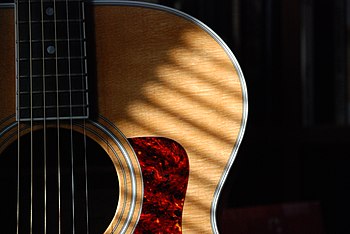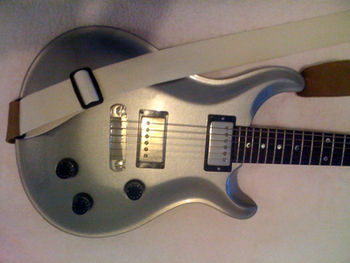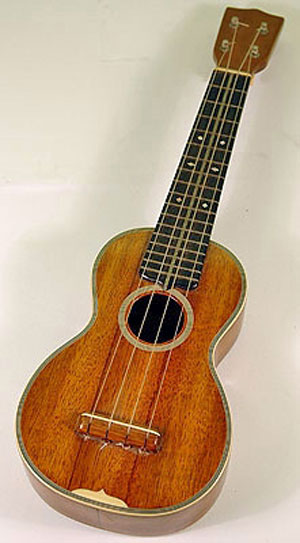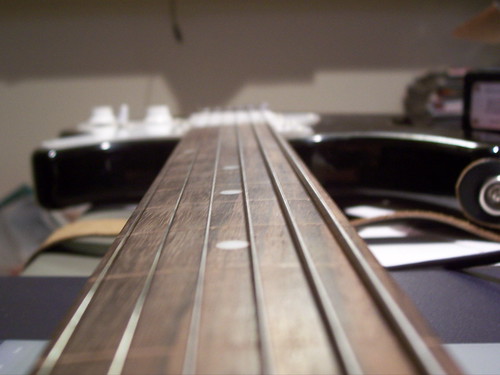 |
| A Rickenbacker 4001 bass. (Photo credit: Wikipedia) |
In 1965 British rock group, The Who released a song called My Generation. Apart from its claim to fame as a rock anthem it also contains the most instantly recognizable bass guitar solo in rock and roll. This iconic solo by John Entwistle is typical of the bass solo modeled on similar solo breaks played on double bass and bass guitar in jazz music. This type of bass guitar solo is in the form of a question and answer sequence often found in blues music. The Who's solo also imitates jazz bass solos in that it is played without other instruments behind it. In jazz, such solos are played unaccompanied because other instruments tend to drown out the bass.
There have been many bass solos included in rock, funk, and jazz but only in pop music has the bass guitar solo stood alone as a piece of music. The first pop musician in England to own and play an electric bass guitar was Jet Harris. He found fame and fortune with The Shadows, Cliff Richard's backing group who were trying to make their own way in pop music as a vocal and instrumental group. Harris played on the band's early instrumental hits featuring the lead guitar of Hank Marvin but decided to try to make it as a soloist like America's Duane Eddy.
Jet Harris' first big hit as a solo guitarist was in 1962 with his rendition of the 1940 song Besame Mucho. The throbbing notes of the six-string bass turned a poignant love song into an instrumental work full of menace. Probably inspired by their former band member's success, The Shadows released another six-string bass solo called Stingray as a single in 1965.
Meanwhile in America in 1963 a young composer and arranger named Jack Nitzsche made a lush orchestral single called The Lonely Surfer. The orchestra was merely the backdrop for a simple melody played on the bass guitar. The Lonely Surfer never climbed higher than number thirty-nine on the charts, but that is pretty good for a bass guitar solo!
made a lush orchestral single called The Lonely Surfer. The orchestra was merely the backdrop for a simple melody played on the bass guitar. The Lonely Surfer never climbed higher than number thirty-nine on the charts, but that is pretty good for a bass guitar solo!
These days the bass guitar is an important part of any band. It was actually born in the nineteen-thirties but met with very little success until it was adopted by the early rock and roll groups of the nineteen fifties. The bass guitar is of course descended from the double bass which has always been a solo instrument in orchestral music and was often used for solo work in jazz.
If you want to play bass guitar , you might want to consider learning to play a regular guitar first. It is not absolutely necessary to become a lead or rhythm guitarist before playing bass but it seems to be the way that bass guitar players come into the world. To begin your career as a bass guitarist you can try playing through the bass tabs available on the internet. There are also some lessons available for free plus you can view heaps of bass solos and bass guitar lessons on the various video sites.
, you might want to consider learning to play a regular guitar first. It is not absolutely necessary to become a lead or rhythm guitarist before playing bass but it seems to be the way that bass guitar players come into the world. To begin your career as a bass guitarist you can try playing through the bass tabs available on the internet. There are also some lessons available for free plus you can view heaps of bass solos and bass guitar lessons on the various video sites.
Once you have some practice on the bass guitar under your belt there is a blinding variety of bass guitar techniques to try before you begin seriously to play solos. You can employ a wide range of plectrums or choose from the many techniques which involve plucking, popping and slapping the bass with the fingers. To some people, this might sound like hard work but hopefully, you will regard it as a labor of love.
















